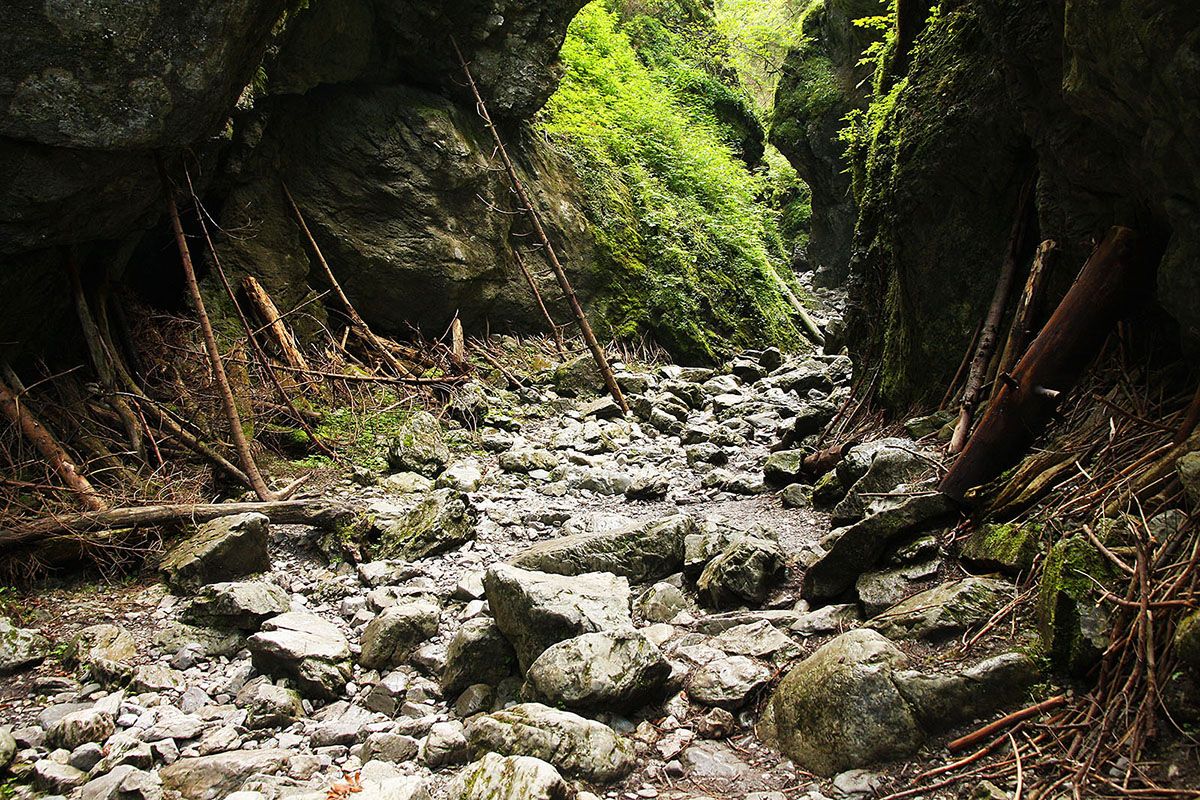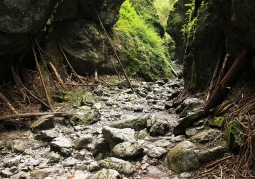Cracow Gorge - Kościeliska Valley - Tatra National Park
No weather data
5.0 /5
Number of ratings: 1
Lateral, orographically right branch of the Kościeliska Valley in the Polish Western Tatras. It is deeply cut into the slopes of the Ciemniak and Upłaziańska Kopa massifs. Kraków Gorge is considered the most beautiful rock gorge in the Polish Western Tatras. It was already visited in the first half of the 19th century. He was also penetrated by treasure hunters, as evidenced by the marks they left on the rocks in hard to reach places. It is built almost entirely of carbonate rocks, only the highest part of Zadni Kamienne is covered with crystalline rocks, very small amounts are also found on the High Pass and the Toman Pass. It was created in the process of carbonation of carbonate rocks (limestones, dolomites), i.e. in the same way as the dominant majority of Tatra caves. There are also forms typical of karst areas: numerous caves, nooks, leeks, karst slots, and rock bridges. The lowest, tourist-accessible part of the Kraków Gorge is a rock canyon cut into carbonate rocks with vertical or slung walls, with the bottom thrown with stones. The bottom of the gorge is generally dry, because the Krakow Gorge is drained through a wywierzysko near the Pisana Rock, the water flows only after heavy rainfall. In spring, snow stays in the gorge for a long time. After about 100 meters, the extension and on the left an iron ladder, which you have to climb to the almost vertical rock, in which there is the entrance to the cave - Dragon's Cave (a small cave tunnel) and through it back to the Pisana Glade (with the help of chains and buckles can bypass Dragon's Cave). After leaving Dragon's Cave, a view of the Saturn and Town Hall translucent between the trees, a few hundred meters away.
Komentarze
No results
Nearby places
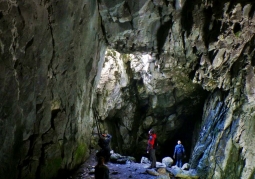
Raptawicka Cave - Kościeliska Valley - Tatra National Park
Category: Caves and rock formsA cave 150 m long and 15 m deep, located in Raptawicka Turnia, about 180 meters above the bottom of the Kościeliska Valley. The main hall of the Raptawicka Cave lies at the intersection of several tectonic cracks and...
1 km
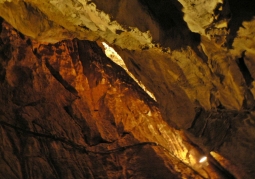
Mroźna Cave - Kościeliska Valley - Tatra National Park
Category: Caves and rock formsThe most visited cave is located in the eastern slope of the Kościeliska Valley. It is located in the Organ massif, 120 meters above the bottom of the valley. The cave is one of the smaller caves of the Tatra...
2 km
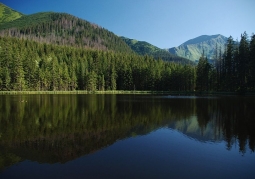
Smreczyński Pond - Tatra National Park
Category: Lakes, springs, waterfallsIt is located at the outlet of the Pyszniańska Valley and Hala Smreczyna, above the Kościeliska Valley, at an altitude of 1226 m above sea level. The lake was created in a depression between moraines of two glaciers....
3 km
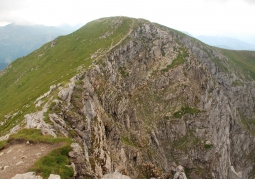
Ciemniak - Tatra National Park
Category: Peaks and valleysThe westernmost peak belonging to the Czerwone Wierchów massif in the Western Tatras. Slovak sources state a height of 2090 m. Ciemniak is built of dolomites with thawing of mid-Triassic age limestone, only the Hard...
3 km
Nearby places

Raptawicka Cave - Kościeliska Valley - Tatra National Park
Category: Caves and rock formsA cave 150 m long and 15 m deep, located in Raptawicka Turnia, about 180 meters above the bottom of the Kościeliska Valley. The main hall of the Raptawicka Cave lies at the intersection of several tectonic cracks and...
1 km

Mroźna Cave - Kościeliska Valley - Tatra National Park
Category: Caves and rock formsThe most visited cave is located in the eastern slope of the Kościeliska Valley. It is located in the Organ massif, 120 meters above the bottom of the valley. The cave is one of the smaller caves of the Tatra...
2 km

Smreczyński Pond - Tatra National Park
Category: Lakes, springs, waterfallsIt is located at the outlet of the Pyszniańska Valley and Hala Smreczyna, above the Kościeliska Valley, at an altitude of 1226 m above sea level. The lake was created in a depression between moraines of two glaciers....
3 km

Ciemniak - Tatra National Park
Category: Peaks and valleysThe westernmost peak belonging to the Czerwone Wierchów massif in the Western Tatras. Slovak sources state a height of 2090 m. Ciemniak is built of dolomites with thawing of mid-Triassic age limestone, only the Hard...
3 km
